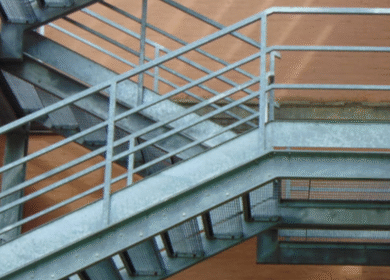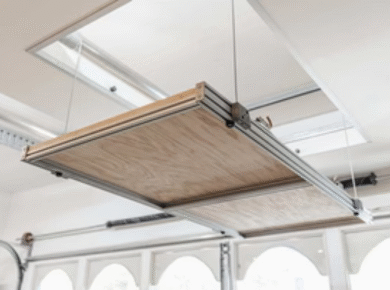Record Occupancy Rates and Emerging Waiting Lists – The Shifting Dynamics of the UAE Rental Market

By Dr. Pooyan Ghamari, Swiss Economist
The UAE’s rental market is currently experiencing significant shifts, characterized by record occupancy rates in certain localities and emerging waiting lists in others. This trend reflects the dynamic nature of the country’s real estate market, driven by various factors including economic recovery, population growth, and shifting demographics.
Surge in Demand for Prime Locations
In some of the UAE’s most sought-after areas, the demand for rental properties has surged to unprecedented levels. Localities like Dubai Marina, Downtown Dubai, and Abu Dhabi’s Saadiyat Island have seen occupancy rates soar, driven by a combination of factors. The UAE’s successful handling of the COVID-19 pandemic, coupled with its attractive tax policies and ongoing economic diversification, has made these areas highly desirable for both expatriates and locals. As a result, rental prices in these prime locations have seen significant increases, with some tenants willing to pay a premium to secure a property.
The Impact of Economic Recovery
The UAE’s robust economic recovery post-pandemic has had a notable impact on the rental market. As businesses reopen and tourism rebounds, there has been a corresponding increase in demand for rental properties, particularly in urban centers and luxury developments. This economic upturn has also attracted a wave of foreign professionals and investors, further intensifying the demand for high-end rental properties. Consequently, landlords in these high-demand areas have been able to command higher rents, leading to record occupancy rates.
Waiting Lists in High-Demand Areas
In contrast to the high occupancy rates in certain areas, other localities in the UAE are seeing the emergence of waiting lists for rental properties. This is particularly evident in regions undergoing rapid development or redevelopment, where new residential projects are still under construction. Areas like Dubai’s Business Bay and parts of Abu Dhabi are experiencing high demand for rental units, but the limited availability of completed properties has led to waiting lists. Prospective tenants in these areas are often required to wait for several months before securing a rental unit, reflecting the high demand and limited supply.
Shifts in Demographics and Preferences
The changing demographics and evolving preferences of UAE residents are also influencing the rental market. There is a growing trend among young professionals and small families to opt for urban living, preferring the convenience and lifestyle offered by city centers. This shift has contributed to the high demand for apartments in urban areas, driving up occupancy rates. At the same time, some expatriates are choosing to relocate to more affordable suburbs, where they can find larger homes at lower rents, creating a divergence in market dynamics across different localities.
Long-Term Outlook
Looking ahead, the UAE’s rental market is expected to remain dynamic, with continued high demand in prime locations and the potential for further increases in rental prices. The ongoing development of new residential projects will likely alleviate some of the pressure on supply, but the emergence of waiting lists in certain areas indicates that demand will remain strong. For landlords, this environment presents opportunities to maximize rental yields, while tenants may need to navigate a competitive market to secure their desired properties.
In conclusion, the UAE’s rental market is marked by a dichotomy of record occupancy rates in some areas and waiting lists in others. This reflects the broader economic recovery, demographic shifts, and evolving preferences of residents. As the market continues to evolve, understanding these trends will be crucial for both landlords and tenants to make informed decisions.
This article was originally published on a.land. For more information and opportunities, visit shop.a.land.



